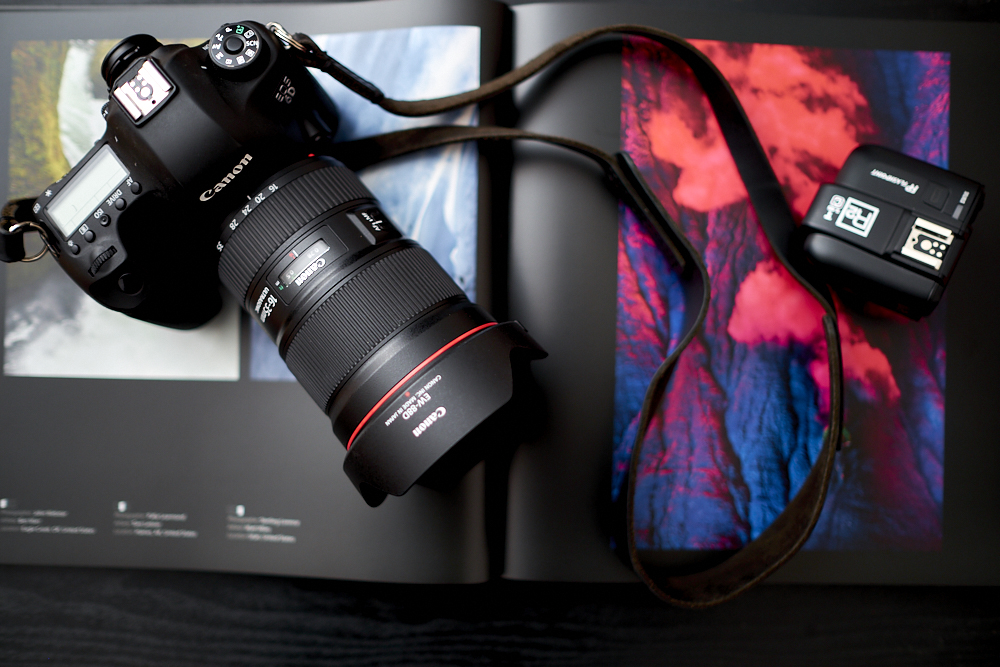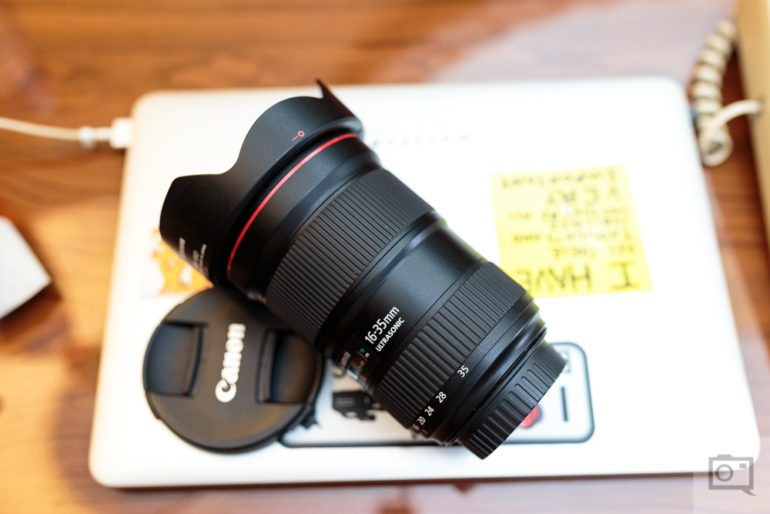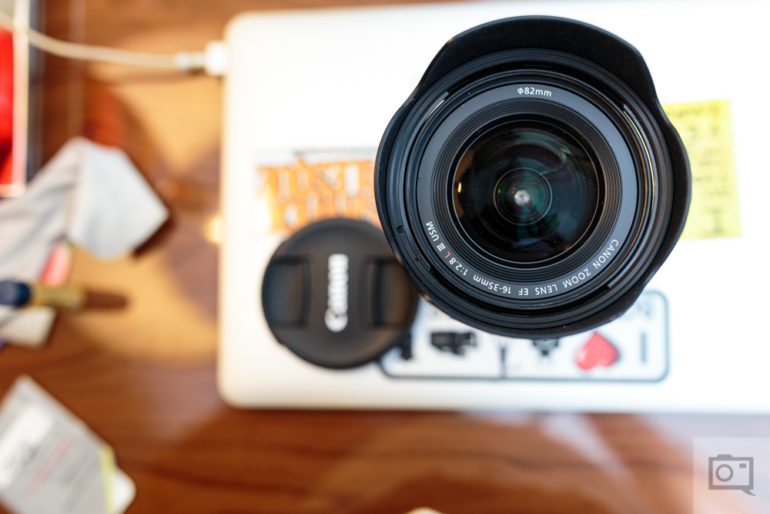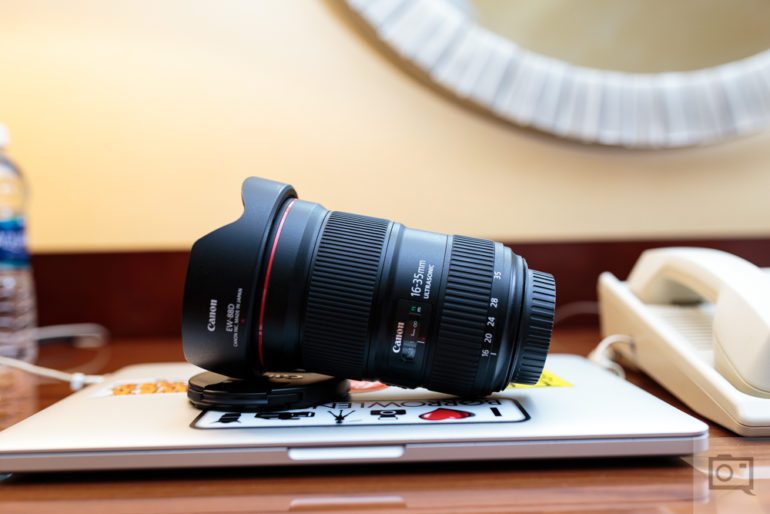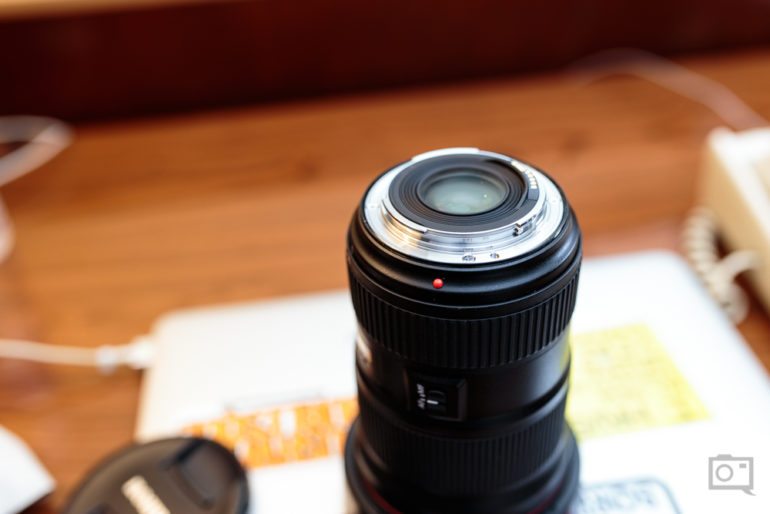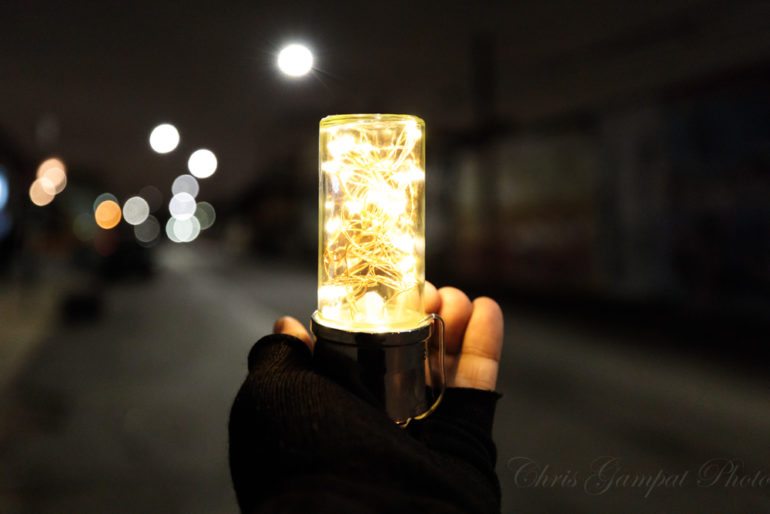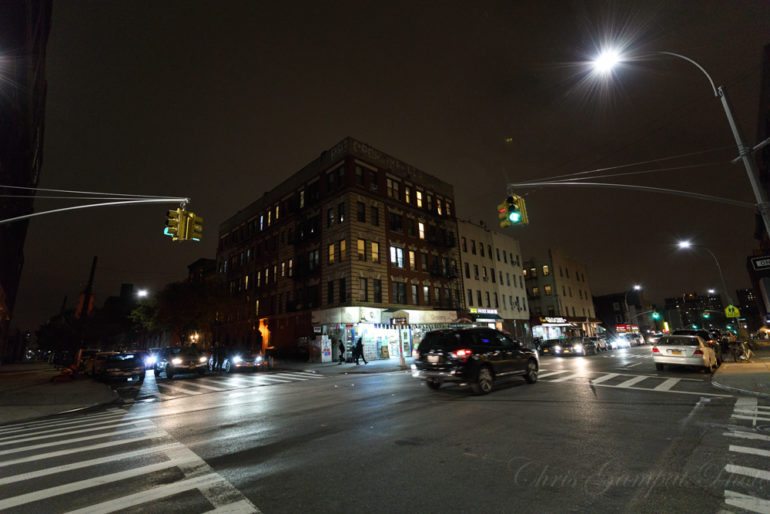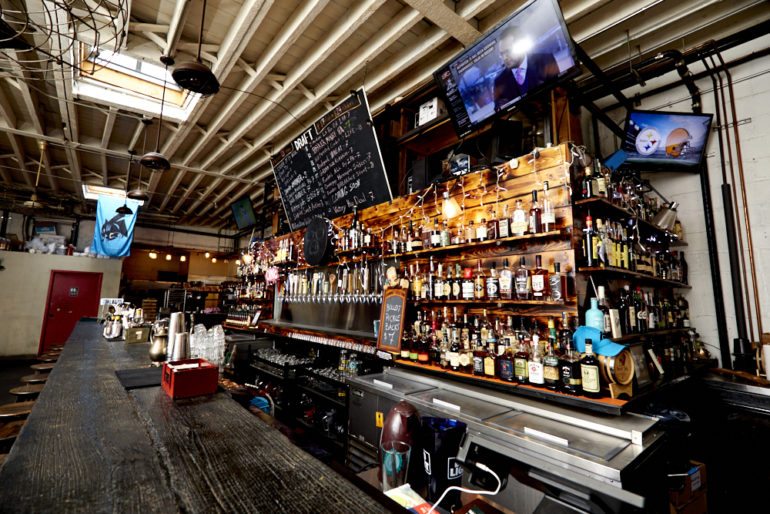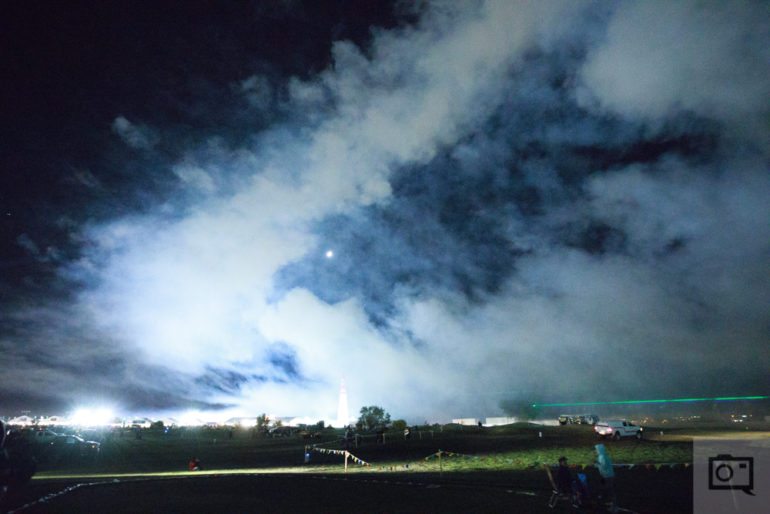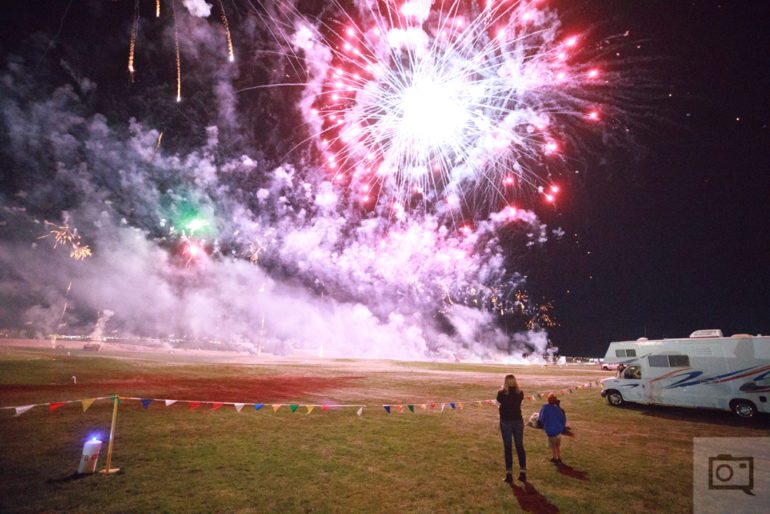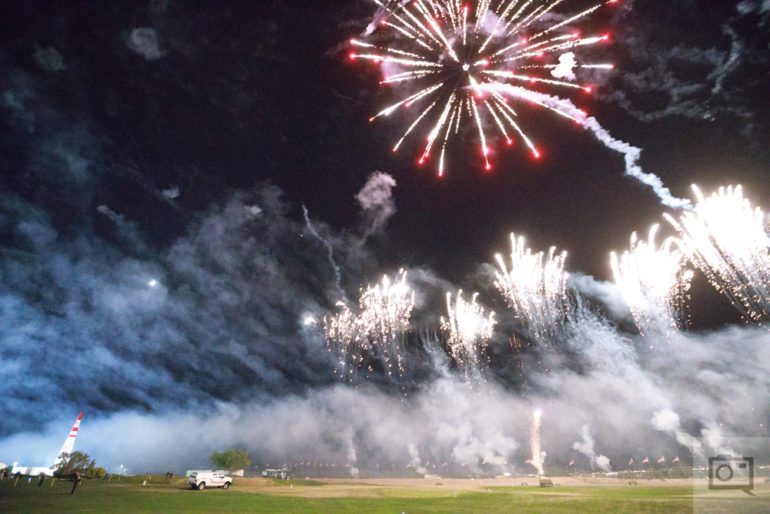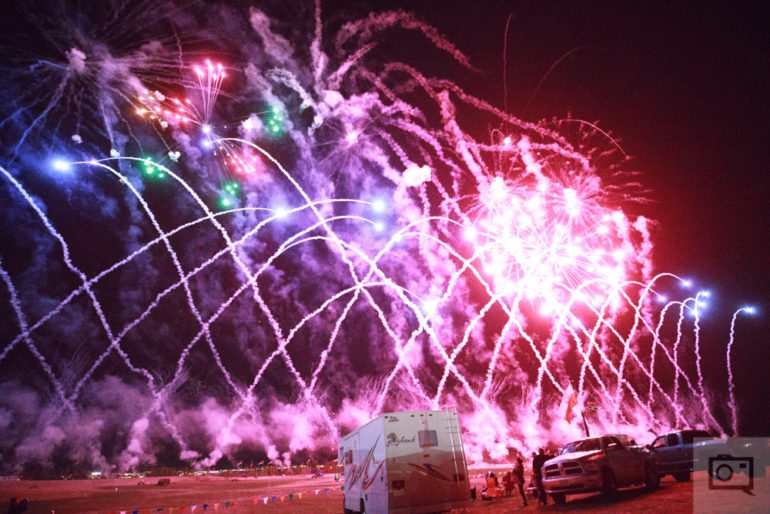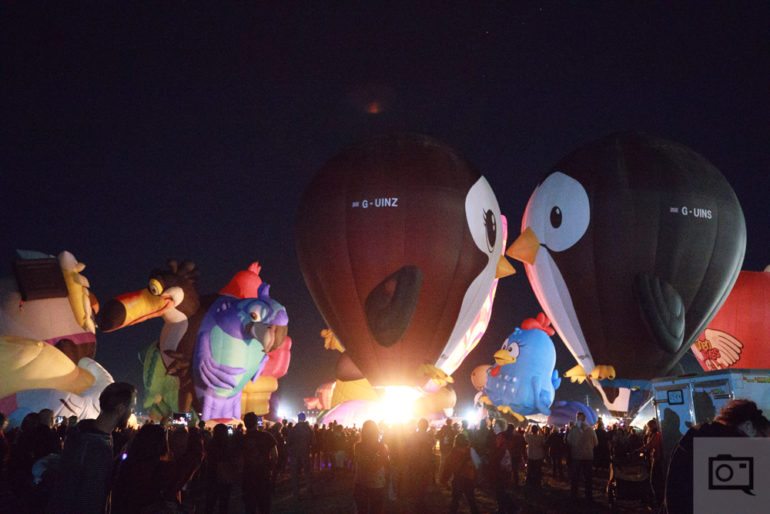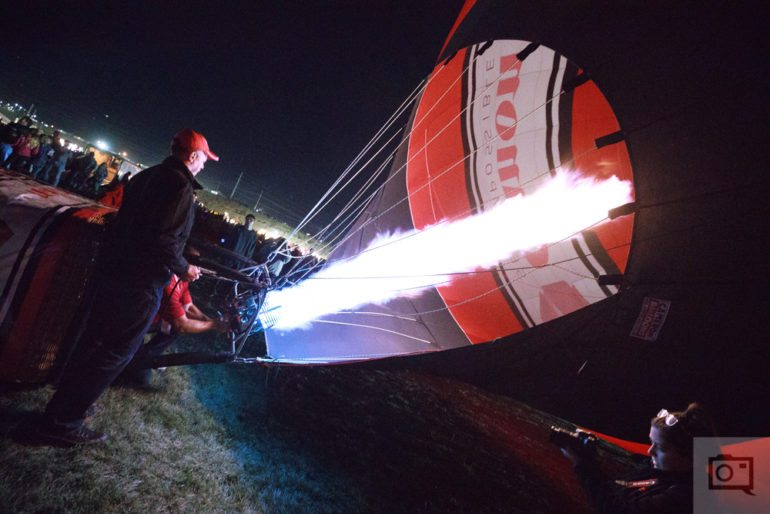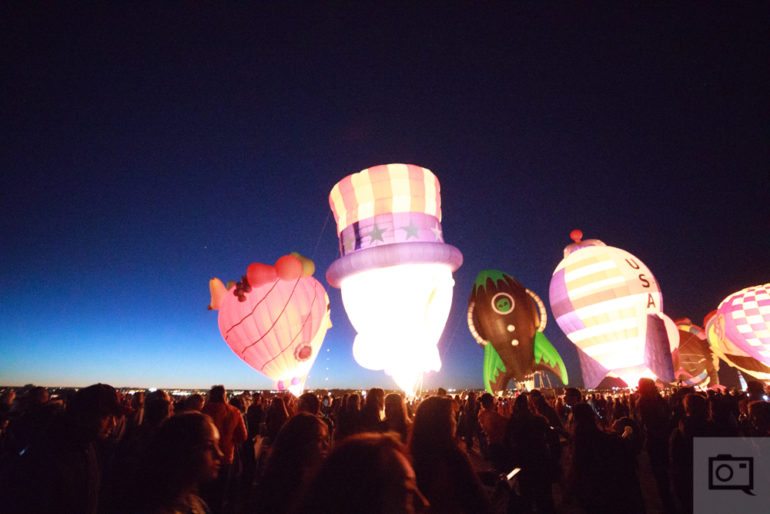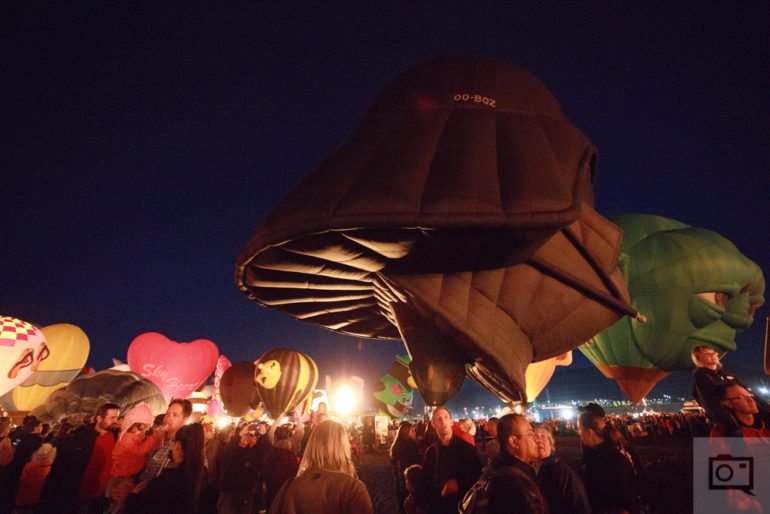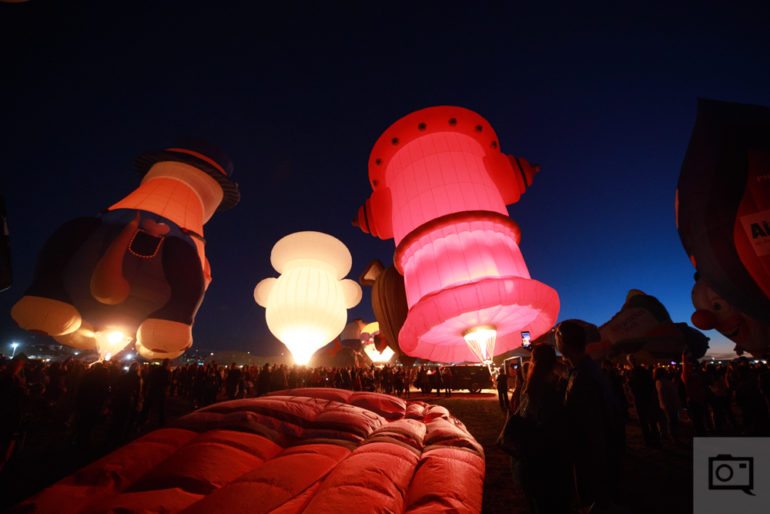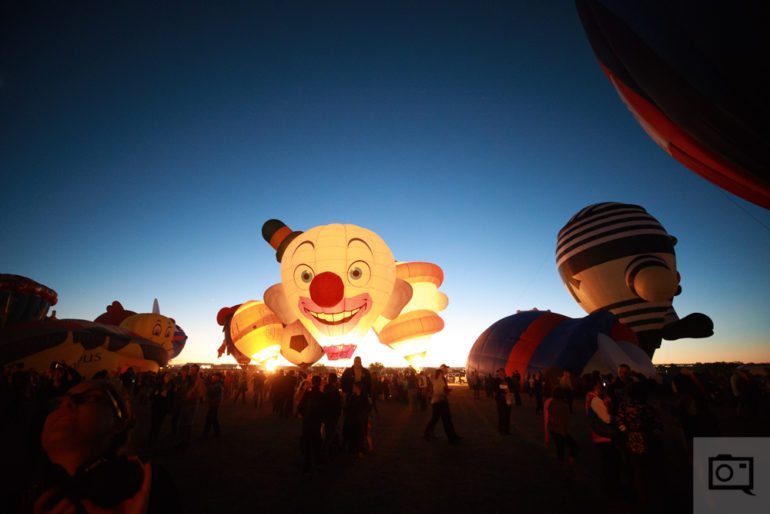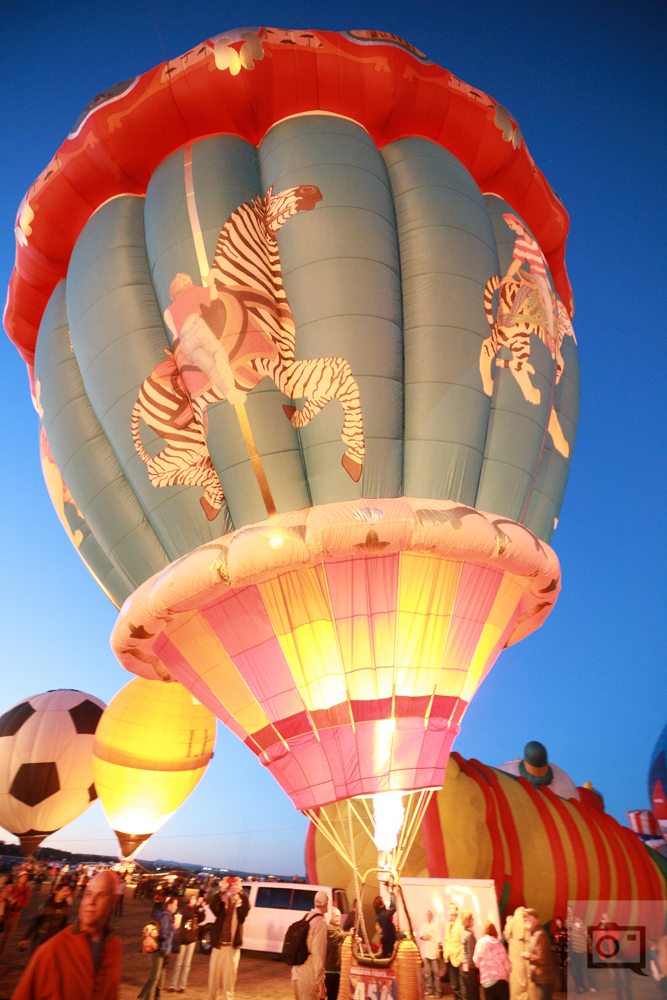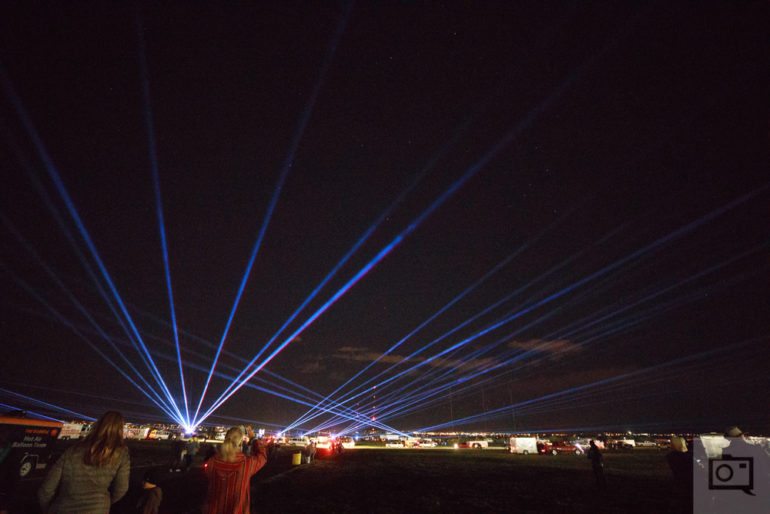For years, the saying used to go something like “You go to Canon for the glass, and you go to Nikon for the cameras.” But as technology has progressed, it’s debatable that both companies are making solid products if that whole statement isn’t swapped. While Canon’s lenses don’t score the highest numbers at DXOMark (except in sharpness where they take a big lead), you can’t exactly sit here and fault a lens like the Canon 16-35mm f2.8 L III USM. Websites around the world can sit here and measure things like sharpness, distortion, vignetting, etc. But they can’t measure things like bokeh or pure character that a lens like this can deliver. As the third update to the popular Canon lens, it begs the question as to why Canon hasn’t decided to go wider to properly compete with the Nikon 14-24mm f2.8 G option. Instead, you get some overlap with the 16-35mm, 24-70mm, and the 70-200mm lenses. Even if you went with something like the 11-24mm, you’re going down to f4 instead of f2.8.
Then you remember something: photography isn’t always all about the numbers.
But with weather sealing, some incredible sharpness, and overall great quality to the lens, Canon is showing the new school of photographers that they’re not going to go down without a fight to the likes of Sony.
Pros and Cons
Pros
- Great image quality
- Weather sealing
- Big, beefy body that feels nice in the hand
- Fast autofocus
- Pretty versatile range if you’re the type of shooter that aims more for the 35mm end of things.
Cons
- Expensive
- Big and heavy
- DSLRs are kind of shifting out of evolution these days.
Gear Used
The Canon 16-35mm f2.8 L III USM was tested with the Canon 5D MK IV, Canon 6D, and the Flashpoint Xplor600 TTL flash.
Tech Specs
Specs taken from the Canon page listing
Focal Length & Maximum Aperture
Lens Construction
Diagonal Angle of View
Focus Adjustment
Closest Focusing Distance
Filter Size
Max. Diameter x Length, Weight
Ergonomics
Taken from our first impressions post.
Ergonomics
The Canon 16-35mm f2.8 L USM III looks like it fits in a lot with much of the company’s other L lenses. It’s characterized by that vibrant red ring near the top and falls in line with lots of the philosophy behind the company’s new lens designs.
For the most part, the body is dominated by two large rings: one for focusing and the other zooming.
On the front, you’ll find a large 82mm front filter thread. During my time using the lens, I didn’t feel this was any sort of hamper to shooting: the way that one usually feels when a front element area is typically that large.
Being a non-image stabilized lens, the only switch/control on the lens is for manual or automatic focusing. That’s really all there is to this optic.
Build Quality
What you should know about the Canon 16-35mm f2.8 L III USM is that it is weather sealed. You can tell this by looking at the rubber ring towards the back of the lens that completes some of the sealing. Overall, it’s built very solid and is protected by a massive lens hood too. Landscape and architecture photographers will have very little to worry about sans dropping the lens and letting it roll down a hill. The same thing can be said for wedding photographers. Canon lenses are honestly typically built so well that years ago, a drunken bridesmaid spilled some wine on my camera/lens and I wiped the pair off (my gear, of course) and kept clicking through the night.
This was back in 2010 and if that’s the case then, then I’m sure these still work out well.
Ease of Use
Essentially what you’re doing here is attaching the lens to the camera, pointing, autofocusing after selecting the intended focusing point, shooting and that’s it. It’s pretty beautiful as far as an experience goes and an ideal one for many photographers out there. Time and time again, I found this to be the most reliable Canon lens I’ve ever tested when it comes to focusing right up there with the Canon 11-24mm f4 L USM.
Of course, part of this has to do with its L nomenclature and its wide angle.
Autofocus
With the Canon 5D Mk IV, this lens quite literally never missed its mark. Time and time again, the combination had no trouble when it came to ensuring that we got the subject in focus. Of course, this comes with the Mk IV’s excellent autofocus. Put it on the Canon 6D and you’ll more or less get the same results. On the outer focusing points, the performance will slow down a bit. But if you use the center focus point then carefully recompose, you won’t have any sort of issues.
Image Quality
If you’re paying $2,199 for a lens, then you’d better expect it to deliver some flawless image quality. For the most part, that’s what you get. The overall quality that this lens delivers is really, really stellar. The colors are true to life, it’s possible to get bokeh, the sharpness is on point when you use a flash, etc. There is honestly very little that I can complain about when using this lens.
Could there be sharper options? Maybe, but this lens surely does the job.
Bokeh
To get any sort of bokeh, you need to get up close and personal to your subject and use the 35mm end of things. Then shoot wide open at f2 and you’ll get some absolutely beautiful bokeh. At 16mm, you’ll get a bit, but it won’t look anywhere near this good. Overall the bokeh isn’t really creamy either, but instead pretty hazy. That’s what you get with wide angle lenses though.
Chromatic Aberration
In my tests I found very little purple fringing. Any distortion that was seen is easily corrected in Capture One 10. If you’re careful about your compositions and how you position lines along the edges (where distortion and other issues will be most apparent), then you shouldn’t have a lot of trouble in post-production.
Color Rendition
The colors from Canon lenses and cameras are often very true to life vs being very saturated or different like pretty much every mirrorless camera manufacturer. That’s what I’ve always found personally. What that means in practice is that you can use Canon’s great sensors to get better quality by manipulating the files.
Sharpness
Use a flash and you’ll get the sharpest results. Of course, the results without a flash are also very sharp, but the only way that you can absolutely make the most of this lens is with a flash. Landscape photographers won’t be able to do that but architecture, real estate, and wedding photographers can.
Extra Image Samples
Conclusions
Likes
- Image quality
- Weather sealing
Dislikes
- Price point
The Canon 16-35mm f2.8 L III USM is quite honestly a fantastic lens. Any photographer that uses it is bound to be able to create seriously fantastic images; but it will best find a place amongst landscape photographers. photojournalists, wedding photographers, real estate, and architectural photographers. For anyone not making taxable income from their photography, it just doesn’t make sense unless you’re rich. Even then, if you’re coughing up over $2,000 for a lens though, then you’d better expect it to perform.
There’s a lot that makes this lens wonderful: you can start with the build quality. It’s big, but it’s also well built and can withstand lots of abuse. That means you’ll be less likely to need to buy a new one. However, this is also a workhorse lens, so it has to be able to stand up to a lot of rigor. It just makes sense.
The image quality is overall very good. Canon’s sensors help to make it so though as the output is very versatile overall. If you’re editing with Capture One, it’s just going to do a fantastic job overall. It’s best quality would need to be sharpness. Add a flash to the scene, and you’ll create some absolutely magical sharpness.
Would I buy this lens? Probably not honestly. I do on occasion shoot this wide, but I’ve got a 14mm f4 lens for the Sony full frame E mount system. Because of the specific way my vision works due to my astigmatism, I really need mirrorless cameras in my life. On top of that though, A part of me is really, truly ready to move on past Canon. I took them on in 2009 after moving away from Olympus. Arguably, today’s Canon isn’t the same Canon I knew back then when they quite literally turned the industry upside down. Are they continuing to innovate? Sure. Do they make solid products? Yes? Do I need them? No.
Beyond this, Canon has a lot of support from 3rd party manufacturers but has never really played nicely with them. I used to own all Canon products. Then from flashes, I moved onto Phottix. From Phottix, I’ve moved onto Flashpoint simply because they do a better job for a more affordable price point. Then there were Canon lenses–which I haven’t owned since 2011. I made the move to all Sigma a while ago. These companies are what continued my full support for the system.
So why do I need to explain all this? If I bought the 16-35mm f2.8 L III USM, then I’d need to reinvest into the Canon system. I’m not ready to do that when I can get better quality from the same sized camera in medium format film. All my personal work is film.
With all this said though, it makes a lot of sense to just shoot with Canon for so many things. They’re an incredibly versatile system if only expensive. If you go with the third party stuff, you’ll end up kind of screwed when you get a new camera. This doesn’t necessarily happen with Sony, Fujifilm, or Micro Four Thirds.
The only reason why I still have all the Canon gear is legitimately because I test products that work with their system all the time. I mean, what manufacturer doesn’t make something for Canon? If Canon were to get more serious about mirrorless, then things would be different. But at the moment, they’re not.
And that’s a shame.
Despite all of my harsh criticism of Canon, the company makes a fantastic lens with the 16-35mm f2.8 L III USM. And I’m giving it five out of five stars.


